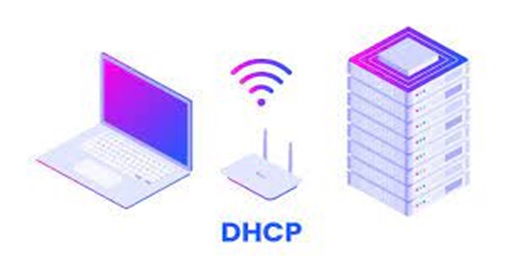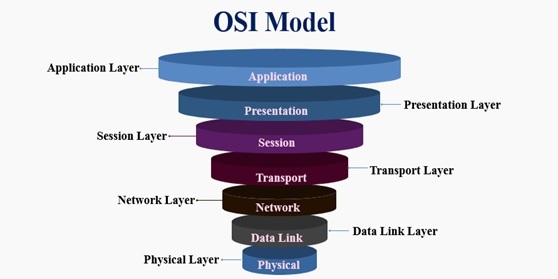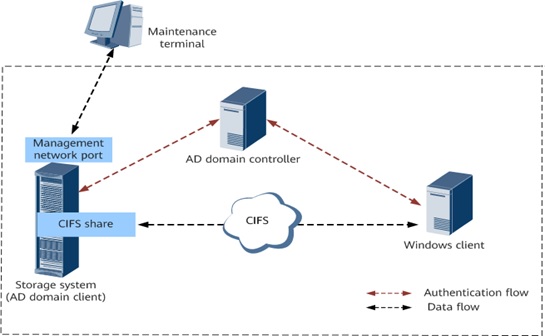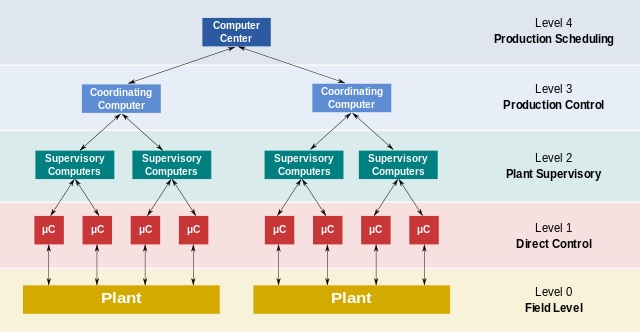Overview of Per-Hop Behaviors
In diffserv terminology, the forwarding behavior that is assigned to a DSCP is called the per-hop behavior (PHB). The PHB defines the forwarding precedence a marked packet receives in relation to other traffic on the diffserv-aware system. This precedence ultimately determines whether the IPQoS-enabled system or diffserv router forwards or drops the marked packet. For a forwarded packet, each diffserv router that the packet encounters en route to its destination applies the same PHB. The exception is if another diffserv system changes the DSCP. For more information on PHBs, refer to Using the dscpmk Marker for Forwarding Packets.
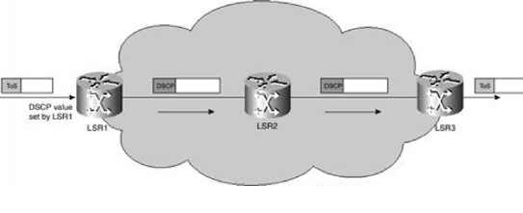
Figure 1. Overview of Per-Hop Behaviors
Figure 1 shows A collection of packets that have the same DSCP value in them, and crossing a network element in a particular direction, is called a Behavior Aggregate (BA). PHB refers to the packet scheduling, queuing, policing, or shaping behavior of a node on any given packet belonging to a BA.
To date, four standard PHB implementations of DiffServ are available:
- Default PHB
- Class-selector PHB
- Expedited Forwarding (EF) PHB
- Assured Forwarding (AF) PHB Default PHB
Expedited Forwarding (EF)
The expedited forwarding (EF) per-hop behavior assures that any traffic class with EF's related DSCP is given highest priority and is not queued. EF provides low loss, latency, and jitter. The recommended DS codepoint for EF is 101110. A packet that is marked with 101110 receives guaranteed low-drop precedence as the packet traverses diffserv-aware networks en route to its destination. Use the EF DSCP when assigning priority to customers or applications with a premium SLA.
Assured Forwarding (AF)
The assured forwarding (AF) per-hop behavior provides four different forwarding classes that you can assign to a packet. Each forwarding class provides three drop precedences.
The various AF codepoints provide the ability to assign different levels of services to customers and applications. In the QoS policy you can prioritize traffic and services on your network when you plan the QoS policy. You can then assign different AF levels to the prioritized traffic.
References:
- https://docs.oracle.com/cd/E19683-01/816-4094/auto23/index.html
- https://www.ccexpert.us/mpls-design/perhop-behavior-phb.html
- https://docs.oracle.com/cd/E19683-01/816-4094/auto23/index.html
Cite this article:
Gokula Nandhini k (2023), Overview of Per-Hop Behaviors, AnaTechMaz, pp.95









